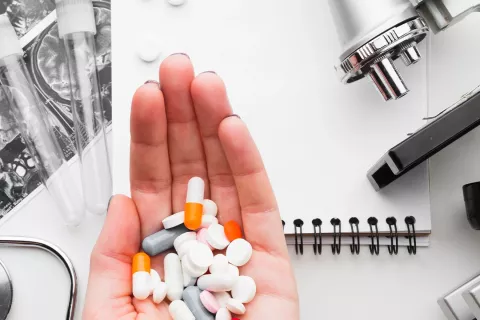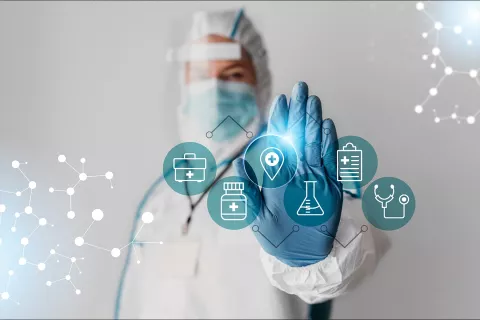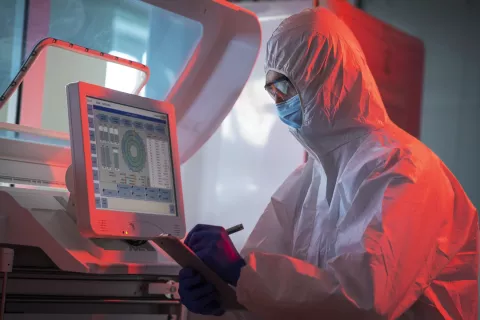The accelerated pace of drug therapy approvals, exemplified by the FDA's endorsement of 55 new drugs in 2023 alone, underscores remarkable progress in pharmaceutical innovation. However, this rapid advancement is accompanied by inherent risks, as highlighted by a Harvard study revealing adverse events in nearly one in four hospitalizations, with adverse drug events comprising approximately 40% of all adverse occurrences.
In confronting these challenges, pharmaceutical companies are compelled to address adverse events reactively and to pioneer a paradigm shift towards proactive risk identification in the industry. This transition necessitates moving beyond retrospective analysis of adverse events to pre-emptively identifying risk factors associated with any new treatment.
Pharmacovigilance is at the heart of this endeavor, an indispensable discipline encompassing the science and practices dedicated to detecting, assessing, comprehending, and mitigating adverse effects and other drug-related issues. Despite its pivotal role in ensuring drug regulation and patient safety, misconceptions about good pharmacovigilance practice (GVP) persist in both the United States and Europe.
This blog endeavors to dispel these misconceptions and cultivate a clearer understanding of GVP's pivotal role in both regions. By fostering synergy between stakeholders, including pharmaceutical companies, regulatory authorities, healthcare professionals, and patients, we aim to fortify pharmacovigilance efforts and enhance drug safety for all.
Misconception 1: Pharmacovigilance is solely about collecting adverse event reports.
While collecting adverse event reports is a vital component of pharmacovigilance, it encompasses much more. GVP involves monitoring medicines throughout their lifecycle, conducting risk assessments, managing risks, and devising communication strategies to ensure the safe and effective use of drugs.
Misconception 2: GVP guidelines are uniform in the US and Europe
Although there is a concerted effort to harmonize pharmacovigilance practices globally, disparities exist in the guidelines between the US and Europe. The US Food and Drug Administration (FDA) and the European Medicines Agency (EMA) maintain their distinct regulations and guidelines that companies must adhere to.
Misconception 3: Pharmacovigilance is solely the responsibility of regulatory authorities.
Contrary to popular belief, pharmacovigilance is a shared responsibility. Pharmaceutical companies are mandated to establish their pharmacovigilance systems and comply with regulatory requirements for monitoring the safety of their products. Healthcare professionals and patients also play pivotal roles in reporting adverse events and contributing to drug safety.
Misconception 4: Drug safety is fully established once a drug is approved.
Some individuals assume that a drug's safety profile is entirely understood upon approval. However, the true safety profile continues to evolve post-approval. Post-marketing surveillance, a critical aspect of pharmacovigilance, uncovers rare adverse events not detected during clinical trials.
Misconception 5: Pharmacovigilance excludes over-the-counter (OTC) medications.
Pharmacovigilance encompasses all medicinal products, including prescription drugs, biologics, generics, and OTC medications. OTC drugs are subject to adverse event reporting and monitoring due to their potential side effects and interactions with other medications.
Misconception 6: Reporting adverse events reflects negatively on a drug's quality
Adverse event reporting is sometimes perceived negatively, suggesting a flaw in the drug's quality. However, reporting is a proactive measure to ensure patient safety. It facilitates the continuous evaluation of a drug's risk-benefit balance and can prompt updates in prescribing information or regulatory actions to safeguard public health.
Conclusion
Good pharmacovigilance practice is a dynamic and intricate field crucial for upholding drug safety and efficacy. An expert like Freyr in the domain can assist in better comprehending the US and EU systems in place to safeguard public health. Dispelling these misconceptions is vital for fostering an environment where pharmacovigilance is viewed positively as an integral aspect of healthcare.










